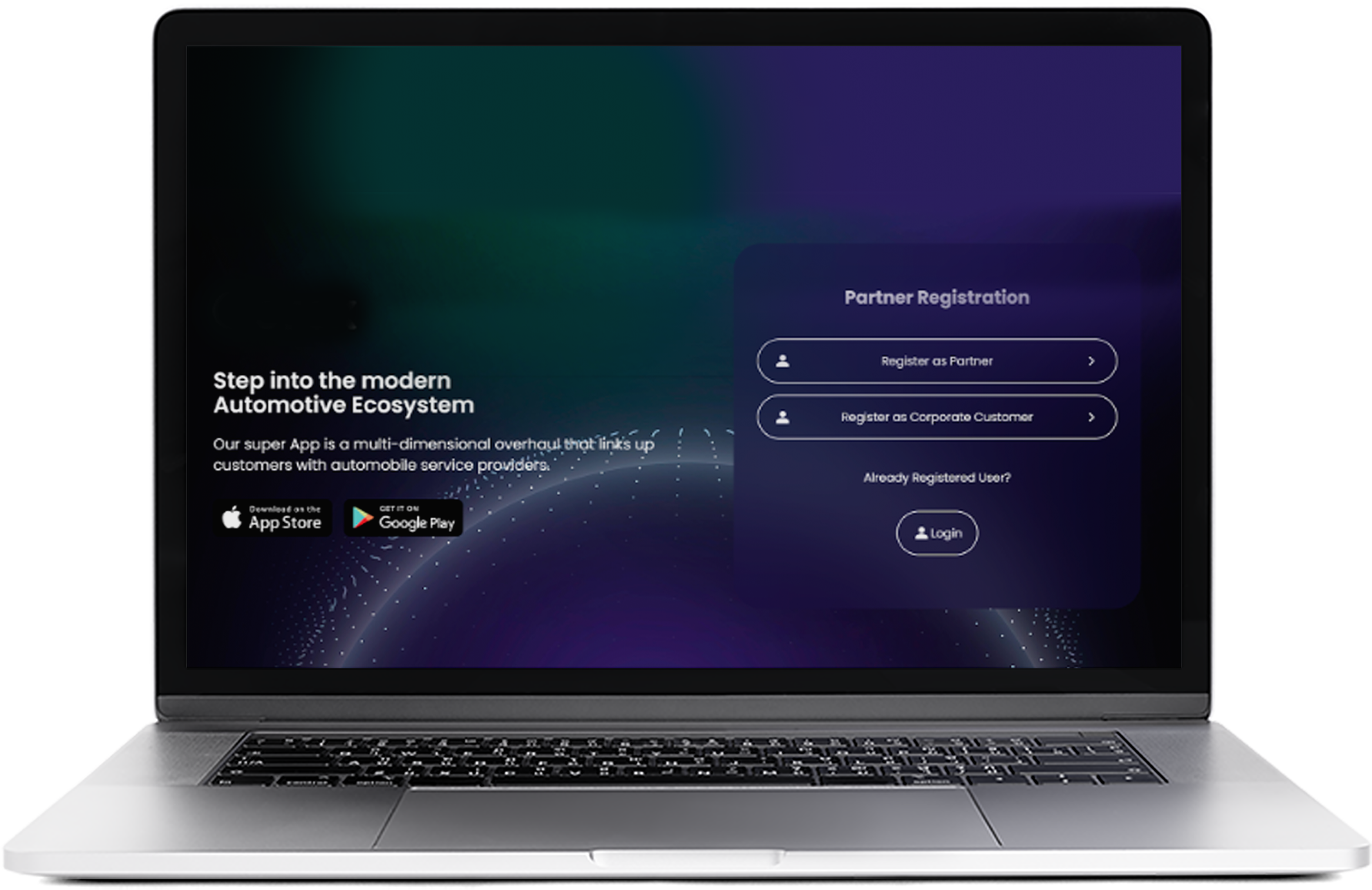
User can create individual profiles for each employee, including job positions, work experience, skills, qualifications, and personal documents.
User can maintain a centralized employee database with details such as personal information, contact details, job titles, departments, and custom fields
User can define details for each department, including the department name, description, code, manager, and parent department. User can also create a hierarchical structure of departments within your organization.
User can store and manage employee documents, such as identification proofs, certifications, resumes, national ID, passport and other relevant files.
Generate employment contracts, manage contract templates, and track contract renewals and amendments.
User can manage multiple job positions for their organizations. User can keep track of those job positions as well for which they are not recruiting right now.
User can create employee tags that will be used to labels employees. Employee tags are used to categorize or group employees based on specific criteria or characteristics.
The provision configuration is related to journal refers to the setup and configuration of journal-related settings and parameters for employee-related transactions.
User can configure various parameters for each Payslips Batch, such as the salary structure, computation rules, deductions, allowances, and other payroll-related settings. This ensures that the payroll calculations are applied consistently across all employees within the batch.
User can generate employee payslips. User can configure the journal used for recording salary payments to employees. Provision configuration allows you to define the salary journal, its accounting settings, and any specific rules or workflows associated with payslip generation.
Users can configure various parameters for each Payslips Batch, such as the salary structure, computation rules, deductions, allowances, and other payroll-related settings. This ensures that the payroll calculations are applied consistently across all employees within the batch.
User can configure salary structures by defining salary rules, components, and computation methods. You can set up different salary structures based on job positions, employee categories, or any other criteria.
User can create and manage salary rules for any specific salary rule category that determine how each component of an employee’s salary is calculated. You can define rules based on formulas, conditions, and other criteria. Salary rules allow you to specify how to compute earnings, deductions, and other payroll components based on various factors, such as attendance, leaves, timesheets, or custom conditions.
User can generate reports and analytics on recruitment activities, such as the number of applications received, the status of job openings, the time-to-hire, and other relevant metrics. These insights help in monitoring and improving the recruitment process.
Employees can submit leave requests . Managers or HR personnel can review and approve or reject leave requests based on availability, company policies, and other factors.
When employees need to take leave for vacation, personal reasons, sick days, or any other approved time off, they submit a time off request through the system. The leave requests will go through proper approval process.
ser can create and manage job openings with details such as job title, department, location, required skills, qualifications, and job description. You can track the status of each job opening, whether it’s open, closed, or in progress.
The Configuration section provides several features and settings to customize and configure the recruitment process according to your organization’s requirements, for example stages, tags, degrees, job positions and departments etc.
Leave allocation is the process of granting employees a certain number of days or hours of leave based on their entitlement, employment duration, or other criteria. Allocation requests are made by HR personnel or administrators to allocate leave to employee
User can generate reports and analytics on employee leaves, including leave requests, approvals, balances, and trends. These insights provide valuable information for HR management, leave policy evaluation, and workforce planning.
Performing HR processes manually is a time-consuming task, and storing employee data on paper has consequences for efficiency and security. However, an automated HR system offers a robust solution to streamline routine HR processes, reducing the time dedicated to administrative tasks. Our HR software product enhances employee engagement and boosts operational efficiency.
Benefits
(Need to design art works for each benefit)

Your Vision, Our Expertise
Unmatched as the Best Marketing Agency.
Shaping Future Leaders